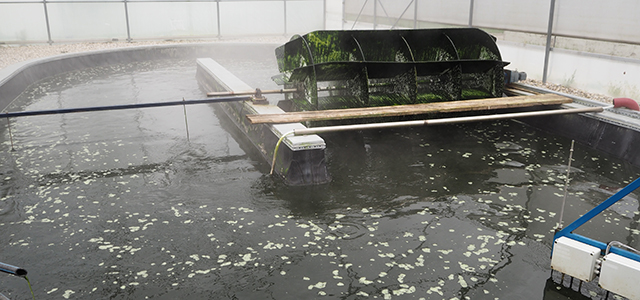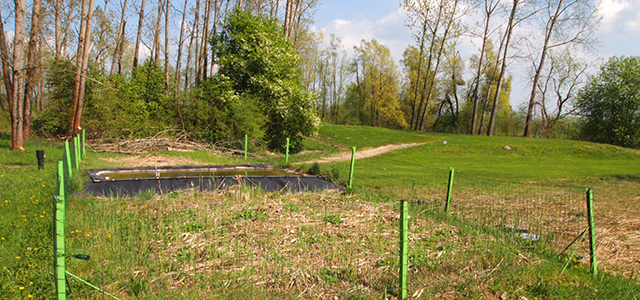Protection of water quality in the Danube region
The enhancement and protection of water quality has been recognised as an issue in the Danube river therefore it is reflected in the European Union Strategy for the Danube Region (EUSDR). The Joint Research Centre (JRC) provides scientific support to the Strategy which addresses the scientific needs related to the implementation of the EUSDR. It helps decision-makers and other stakeholders to identify the policy needs and actions required for the implementation of the Strategy.
Among the threats to water quality, untreated or poorly treated wastewater were identified as a key problem in some countries, according to the Danube River Basin Management Plan updated in 2015 and developed by the International Commission for the Protection of the Danube River (ICPDR).
Finding affordable and sustainable wastewater treatment solutions
Funded by the JRC, IRIDRA, the Water Science Institute and GWP Central and Eastern Europe implemented a project that broadened knowledge about alternatives for wastewater treatment in small settlements in the Lower Danube Region countries.
The overall aim of this project was to identify an affordable and sustainable solution for the wastewater treatment of small and medium settlements, which can be replicable in the studied river basin, and can improve the capacity building of local companies which are involved in small wastewater treatment activities.
Within the project, three settlements with a population of 500-2000 inhabitants each and located in Kamniška Bistrica catchment, a small river basin in Slovenia in the lower Danube area, were selected as case studies. Decentralized approaches were compared to the option of collecting wastewater in a centralized treatment plant. Several technologies were assessed considering the most recent systems to be applied in small settlements.
Analysis of the sustainability of the proposed solutions
A feasibility study was conducted with two main goals: to screen the technical alternatives and to select the preferred alternative. It also covered the technical and financial appraisal of the selected alternative, the financial and economic analysis and identification of capacity building needs and plan for the training of plant operators.
The feasibility study results suggest constructed wetlands, a nature-based solution, as one of the best alternative. This technology, present on the market scale for 50 years, is already in use in Slovenia. Sequencing batch reactors (SBR) is another good alternative, which could be used for decentralized treatment wherever there is a lack of available land for constructed wetlands.
However, the study concludes that the decentralized approach offers real economic, social and environmental advantages only if very robust and low-maintenance technologies are used. Thus, such aspects must be considered by the water policy at the basin scale.

AlgaeBioGas project run by AlgEn, algal technology centre and KOTO, biogas plant operator in Ljubljana
Supported by the EUSDR, GWP Central and Eastern Europe developed the SANDANUBE project proposal in 2016 that focuses on innovative wastewater management in the rural areas of Central and Eastern Europe. In the future, the SANDANUBE proposal will be submitted to relevant funding programmes.
Cover photo: Constructed wetland waste water treatment plant at golf club in Ljubljana
